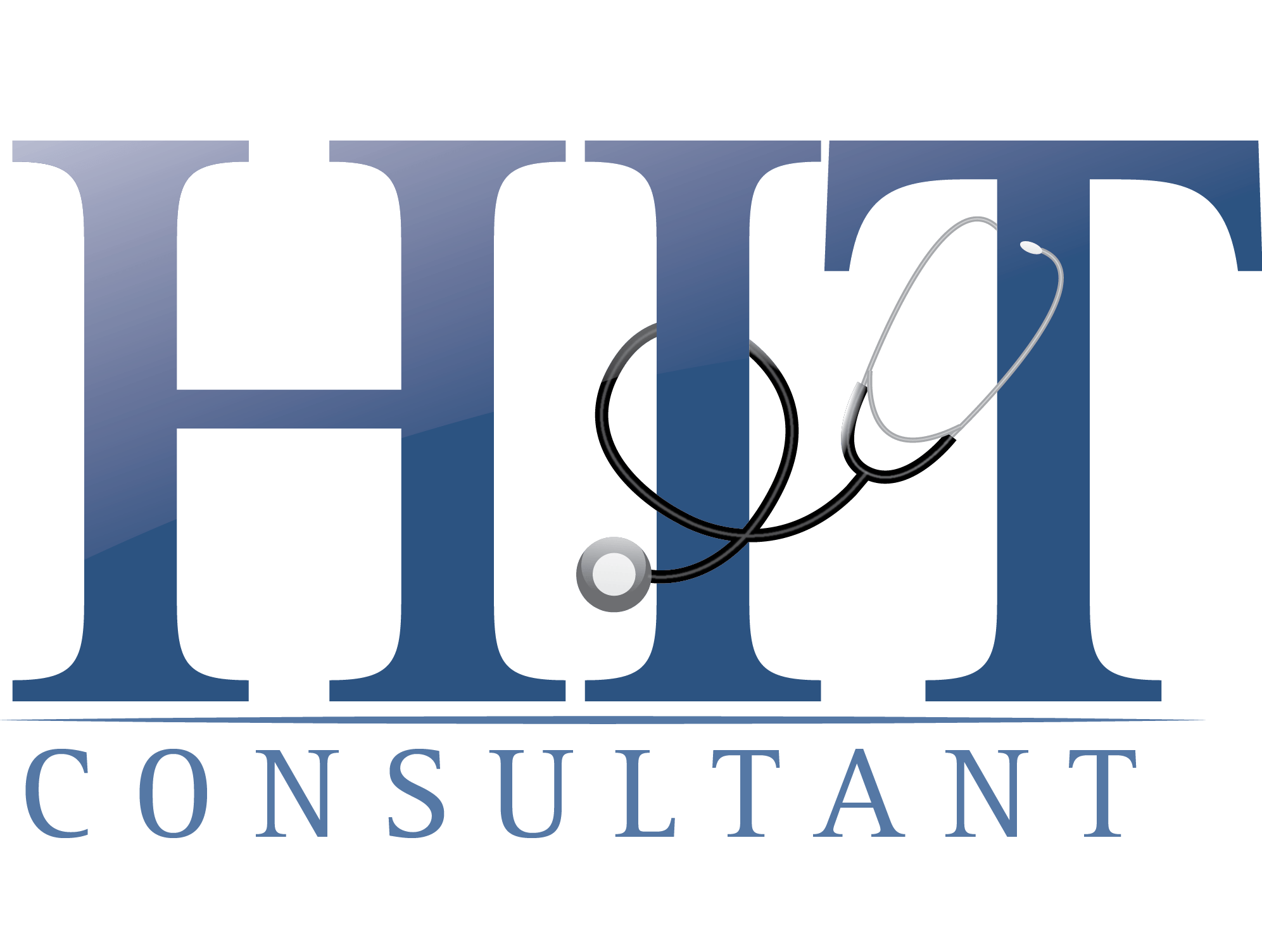
The annual release of the Medicare Physician Fee Schedule (PFS) generated more attention than usual this year among practices that have considered or are already offering Remote Patient Monitoring (RPM) to their patients. CMS’s July 14 publication of the proposed rule, outlining revisions to payment policies and rates, was seen as particularly significant for RPM.
Key changes to RPM under the 2026 PFS include the introduction of a code for 2-15 days of data collection and another that allows billing for 10-19 minutes of monitoring, lowering the threshold from the current 20-minute requirement. These additions would expand program access to a larger population of patients with a wider range of conditions. One of the existing guidelines, known as the 16-day rule, has frustrated the healthcare industry for years by limiting provider reimbursement to cases where patient data is recorded and transmitted for at least 16 out of 30 days. The updates that could change this, shaped largely by the American Medical Association’s CPT Editorial Panel, will likely usher in some exciting opportunities to enhance care, as well as new coding, billing, and reimbursement factors to be aware of.
Greater Flexibility Supports Better Care Delivery and Innovation
Allowing billing for shorter or intermittent monitoring — such as a few weeks of post-operative vital sign tracking or periodic hypertension checks as part of a broader care plan — demonstrates that clinical value isn’t determined solely by the frequency or time duration of monitoring. The impact of expanded billing options goes far beyond correcting reimbursement inequities. The move will enhance the delivery of high-quality care and encourage innovation, ensuring the benefits of the policy shift are felt throughout the healthcare ecosystem.
A greater number of patients will benefit from remote monitoring programs and will receive well-tailored, effective care to help with efforts like medication adherence and lifestyle adjustments. A one-size-fits-all approach rarely works in healthcare, and RPM is no exception. Customizing interventions based on specific needs, conditions, and patient-engagement levels will boost individual care outcomes and improve the industry as a whole. In addition, leveraging data collected for predictive analytics could facilitate advancements in preventive care and chronic disease management and a better understanding of specific patient populations or clinical conditions that benefit from this intervention delivered under different protocols and program designs.
Including remote monitoring in specific patient interventions, such as lifestyle or medication adjustments, can create a positive feedback loop and insights for the patient and provider to make those interventions more impactful. For instance, a new generative AI model that predicts how a person’s glucose levels will respond to dietary changes is increasing nutrition plan precision and enabling clinicians to make therapeutic adjustments sooner. The project supports customized care and could significantly lower healthcare spending, easing the global economic burden of diabetes, which is expected to reach $2.5 trillion by 2030. This technology, designed to proactively save lives and cut care costs, was trained on just 14 days of glucose data from more than 10,000 study participants wearing continuous monitoring devices. Clearly, two weeks of monitoring data can make a tremendous impact, underscoring the value of shorter-duration RPM programs.
New Requirements Will Impact Documentation, Compliance, and Audits
Along with promoting flexibility, new RPM billing codes will introduce higher accuracy standards in compliance and reporting. Adapting internal workflows accordingly will help providers steer clear of common pitfalls and optimize reimbursement processes. To align with best practices, healthcare organizations should focus their efforts on:
- Clear documentation: Every RPM component — including monitoring days, device usage, and patient interactions — must be accurately recorded. Logging 2- to 15-day monitoring cycles, whether continuous or intermittent over a 30-day span, will require the same thoroughness as traditional 16-day periods and 20-minute requirements
- Education and training: Staff must be well-versed in CPT coding nuances, including the differences between billing for 2-15 days vs. 16 or more, and for 10-19 minutes of monitoring vs. 20 minutes or more. Incorrect codes or accidentally using outdated methods could lead to audits or missed reimbursements.
- Audit proofing: CMS has stressed the need for strong compliance safeguards, such as maintaining records that prove medical necessity, data transmission, and clinical rationale for care plans. Increased scrutiny and a continued emphasis on transparency in the months following a PFS rule change is expected and typically occur when codes are updated to expand reimbursement. For example, CMS’ recent Risk Adjustment Data Validation updates, intended to strengthen oversight of Medicare Advantage payments, prompted a rise in audits from 35 records per plan annually to as many as 200 per year, illustrating how CMS typically responds to program changes with stricter vigilance.
Update Creates a Pivotal Moment for Sustainable RPM Growth
The 2026 Medicare PFS marks a turning point for RPM usage. CMS’s move to make reimbursement more inclusive and clinically relevant will enable providers to build strong, efficient remote care programs that greatly improve patient access and results. These achievements are not a given, though. Organizations must invest in their RPM models by devoting time and resources to the development of adaptable processes that prioritize compliance and resilience.
With the right technology and expertise, providers can simplify RPM while maximizing patient and financial outcomes. These changes present a real chance to bridge longstanding treatment-plan gaps and reimagine the delivery of care. Approaching it as a moment for innovation, rather than a policy shift, will help to unlock RPM’s full potential to deliver value and create sustainable growth.
About Lucienne Marie Ide, M.D., PH.D.
Lucienne Marie Ide, M.D., PH.D., is the founder and Chief Executive Officer of Rimidi, a digital health company that supports healthcare providers in the delivery of remote patient monitoring and chronic disease management with EHR-integrated software, services, and connected devices. She brings her diverse experiences in medicine, science, venture capital, and technology to bear in leading Rimidi’s strategy and vision. Motivated by the belief that we can do so much better as individuals, in industry, and in society. After completing her internship in Obstetrics and Gynecology at UPMC, Dr. Ide left clinical medicine to join the ranks of healthcare entrepreneurs who are trying to revolutionize an industry.

